When it comes to LPG (Liquid Petroleum Gas) safety on the UK’s inland waterways, the bubble tester is one of the most misunderstood devices. At Marine Heating Solutions, we provide professional, Gas Safe-certified installations that ensure your vessel meets the highest safety standards, including BS EN ISO 10239.
This guide clears up common myths and explains why this small device is a vital tool for every boat owner.
1. What is a Bubble Tester?
A bubble tester is an “instant leak detection” device installed in the gas locker, immediately after the regulator. It allows the boat owner to perform a self-test for leaks at any time without specialised tools.
How it Works:
- Ensure all appliances (hobs, water heaters, stoves) are turned off.
- Press and hold the red button on the tester for 2 minutes.
- If bubbles appear in the glass vial, gas is escaping somewhere in your system. Shut off the main supply immediately and contact a Gas Safe engineer.
2. Are They Mandatory for BSS?
A common question we receive is: “Do I need a bubble tester to pass my BSS?”
- For the BSS Certificate: The answer is No. You can pass a Boat Safety Scheme examination without one.
- The Catch: If you don’t have a bubble tester, your BSS Examiner must be Gas Safe registered to perform a “tightness test” by opening the gas line at a test point. Using a bubble tester is not classified as “work,” so it allows non-Gas Safe examiners to verify your system’s safety.
For more detailed technical specifications on gas safety inspections, read the official Boat Safety Scheme (BSS) Guidance.
3. Standards and Compliance (ISO 10239)
For all new marine LPG installations, current standards like BS EN ISO 10239 recommend an easy means of self-testing. While older boats may not be “forced” to retrofit one, not having a bubble tester is often classified as NTCS (Not To Current Standard).
Technical Tip: For the 2025/2026 season, we recommend the Alde 4071 Leak Detector. It is the marine industry standard for in-line testing, providing a reliable way for boat owners to satisfy BS EN ISO 10239 self-testing recommendations without the need for specialised pressure gauges.
4. Maintenance: The 5-Year Fluid Rule
Bubble testers are not “fit and forget” devices.
- Fluid Clarity: The testing fluid must remain clear. If it becomes discoloured or the level drops, it cannot be used for a BSS examination.
- Replacement: We recommend a fluid change every 5 years to ensure the seals within the unit remain pliable and the results are accurate.
Expert Resource: If your bubble tester is showing leaks or needs a fluid top-up, visit our Boat LPG Certificates (opens in same tab) page or contact us for a professional system audit.
Ensure Your Boat’s LPG System is 2026 Compliant
Don’t leave your gas safety to chance. Whether you need an Alde 4071 bubble tester installed, a leak investigated, or a BSS-compliant tightness test, our Gas Safe registered engineers are here to help.
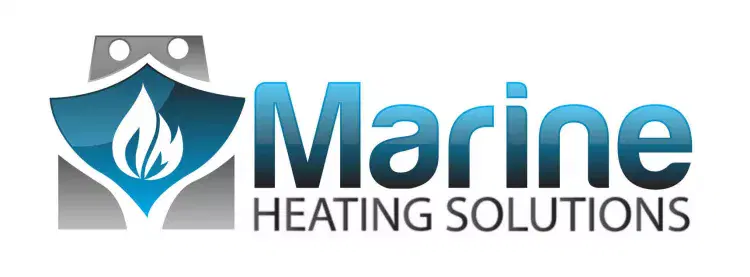
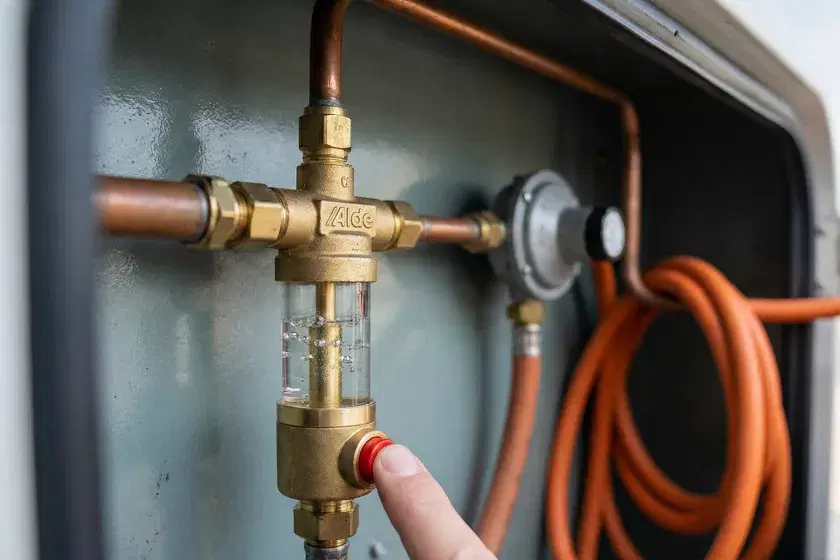
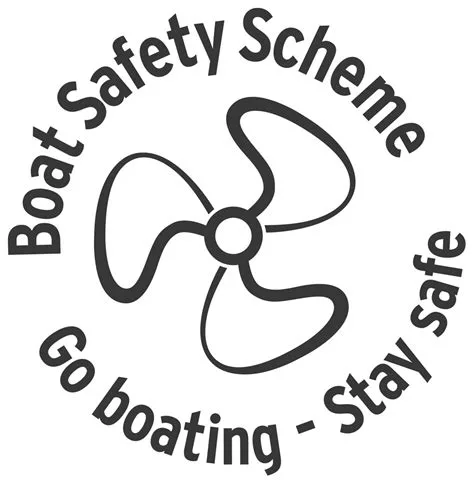
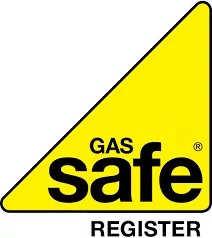
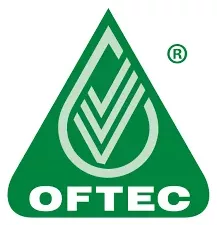
Comments are closed.